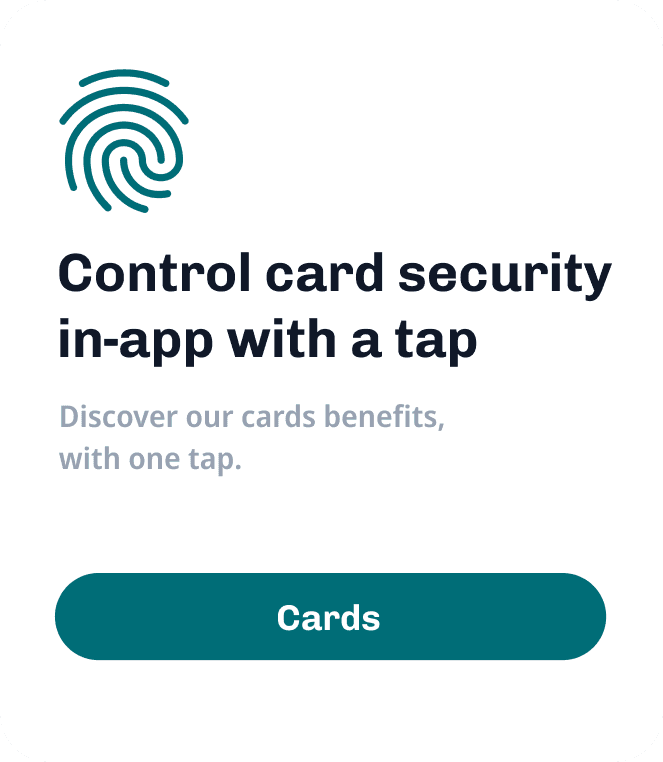Posted At: Aug 07, 2024 - 251 Views

Introduction
In today’s fast-paced digital landscape, running a successful marketing campaign requires more than just creativity; it demands meticulous planning, strategic execution, and continuous optimization. Whether you’re launching a new product, promoting a service, or running a seasonal sale, how you manage your campaign can make or break its success. This post will guide you through some of the most effective campaign management tips to ensure your marketing efforts deliver the desired results.
1. Set Clear Goals and Objectives
The foundation of any successful campaign is having clear, measurable goals. Without a defined objective, your campaign can easily lose direction and fail to deliver results. Whether your goal is to increase brand awareness, generate leads, or boost sales, having a clear target will guide your strategy and keep your team focused.
Tip: Use the SMART criteria—Specific, Measurable, Achievable, Relevant, and Time-bound—when setting your campaign goals. This approach helps ensure your objectives are clear and attainable within a specified timeframe.
2. Understand Your Audience
Knowing your audience is crucial to creating a campaign that resonates. Take the time to research and segment your target audience based on demographics, interests, and behaviors. Understanding what motivates your audience will allow you to tailor your messaging and offers to meet their needs and expectations.
Tip: Use data analytics and customer insights to build detailed audience personas. These personas should represent different segments of your audience and guide your content creation and targeting strategies.
3. Develop a Comprehensive Plan
A well-structured plan is essential for keeping your campaign on track. Your plan should outline every step of the campaign, from content creation and channel selection to budgeting and scheduling. Having a detailed roadmap ensures that everyone on your team knows their responsibilities and can work towards a common goal.
Tip: Break your plan down into phases, such as planning, execution, monitoring, and analysis. Assign specific tasks to team members and set deadlines to keep the campaign moving forward efficiently.
4. Create Engaging Content
Content is the heart of any marketing campaign. It’s what captures your audience’s attention and drives them to take action. Whether you’re creating blog posts, videos, social media posts, or email newsletters, your content should be compelling, relevant, and aligned with your campaign goals.
Tip: Use a mix of content types to keep your audience engaged. Incorporate storytelling, visual elements, and interactive content to make your campaign more appealing. Ensure your content is consistent across all channels to maintain a cohesive brand message.
5. Leverage Multiple Channels
In today’s multi-channel world, relying on just one platform is not enough. To maximize your reach and impact, distribute your campaign across multiple channels, such as social media, email, search engines, and your website. Each channel has its strengths, and using a combination will help you reach a broader audience.
Tip: Tailor your content for each platform to ensure it resonates with the specific audience of that channel. For example, use short, engaging videos on social media, while more in-depth content may be better suited for your blog or email newsletters.
6. Monitor Performance in Real-Time
Campaign management doesn’t stop once your campaign is live. Monitoring performance in real-time allows you to make data-driven adjustments as needed. Track key performance indicators (KPIs) like click-through rates, conversion rates, and return on investment (ROI) to assess your campaign’s effectiveness.
Tip: Use marketing automation tools to track and analyze your campaign’s performance. Set up dashboards that provide real-time insights, and be prepared to pivot your strategy if certain elements aren’t performing as expected.
7. Optimize and A/B Test
Optimization is key to improving campaign outcomes. A/B testing allows you to experiment with different elements of your campaign—such as subject lines, visuals, and CTAs—to see what resonates best with your audience. Continuous optimization based on these insights can significantly enhance your campaign’s performance.
Tip: Start with testing small changes, such as headline variations or color schemes, and gradually move on to more significant elements like messaging or offers. Always use the data from these tests to inform future campaigns.
8. Review and Analyze Post-Campaign
Once your campaign concludes, it’s essential to review and analyze the results. A post-campaign analysis helps you understand what worked, what didn’t, and why. This analysis should cover all aspects of the campaign, including content performance, audience engagement, and ROI.
Tip: Create a detailed post-campaign report that includes insights and lessons learned. Use this report to refine your strategies for future campaigns and to share successes and areas for improvement with your team.
Conclusion
Effective campaign management is a continuous process of planning, execution, monitoring, and optimization. By setting clear goals, understanding your audience, and leveraging multiple channels, you can create campaigns that not only reach but engage your target market. Remember, the key to successful campaign management lies in your ability to adapt and optimize in real-time.
Ready to elevate your campaign management game? Anaton’s platform offers powerful tools and features designed to help you manage your campaigns efficiently and achieve outstanding results. Start leveraging these tips today and watch your campaigns thrive.




